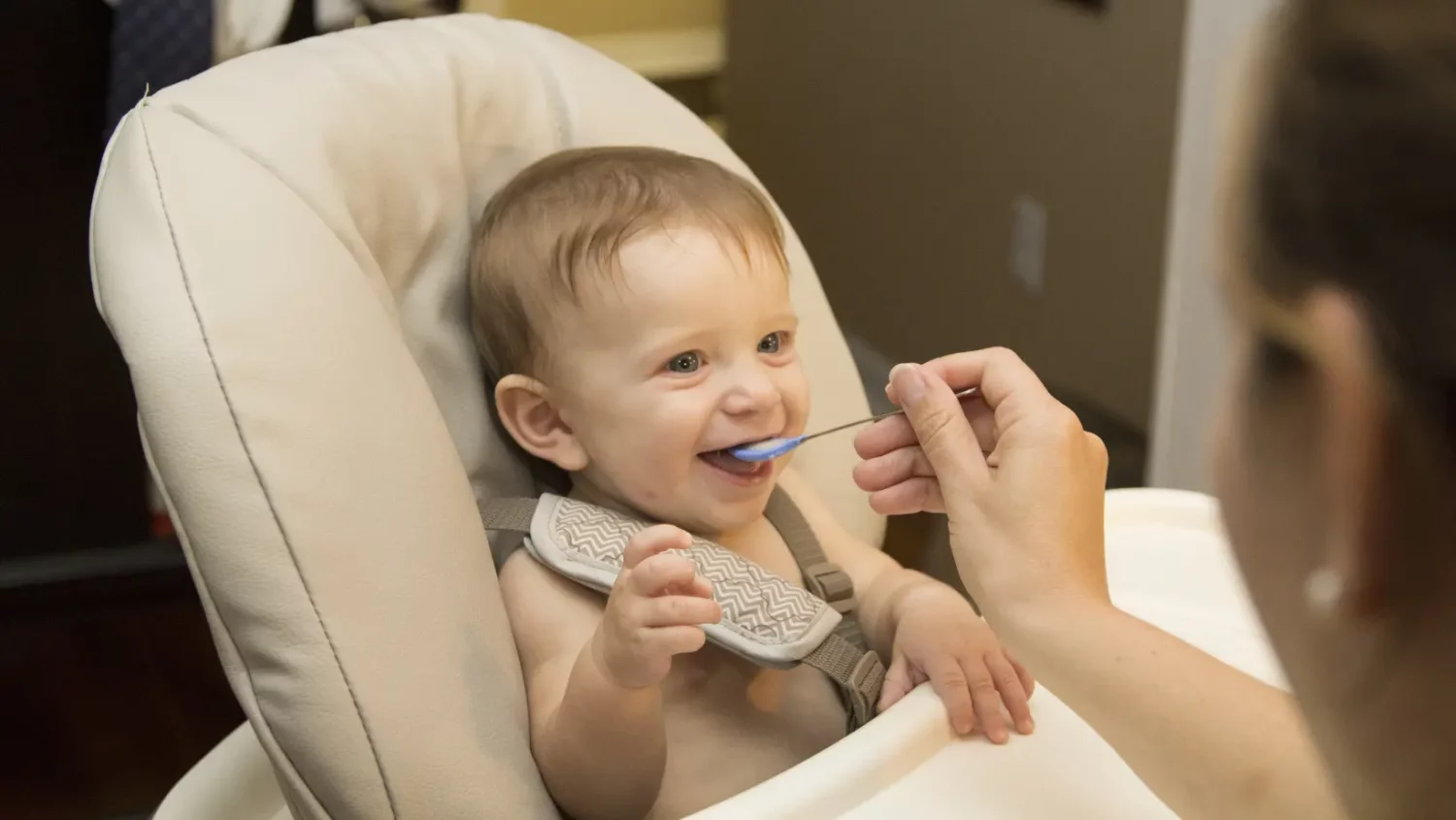If you would like a list of foods rich in iron, go to Foods Rich in Iron.
Iron deficiency and anemia is the most widespread deficiency in babies under 1 year of age. Over the long-term, iron deficiencies lead to iron-deficiency anemia.
The World Health Organisation defines iron deficiencies as “a state in which iron is insufficient to maintain the physiological functioning of blood, cerebral and muscle tissues.”
Iron deficiencies are sometimes hard to identify because the symptoms are often very general in nature. Alone, proper diet can solve the situation and prevent an anemia diagnosis. Here are a few signs that can indicate an iron deficiency:
- paleness;
- irritability;
- fatigue;
- low appetite;
- slower development (walking later, etc.);
- lower attention levels;
- at this stage, growth curves for weight and size can remain normal.
However, when talking about anemia (iron-deficiency anemia) the affliction is more serious, with long-term impacts on motor, neurological, cognitive and behavioural development. This is directly linked to the major impact of insufficient hemoglobin concentrations. Blood tests can be required to better diagnose anemia when in doubt, along with a full physical exam and an examination of family and medical history.
What babies are at higher risk for anemia?
Some babies will be more predisposed to anemia than others. Health professionals will be more vigilant screening for this affliction to lessen the medium- and long-term impacts. Here are known risk factors for babies under 1 year:
- premature birth;
- low birth weight (under 3,000 g);
- exclusively breastfed after six months (no addition of foods rich in iron);
- vegetarian diet;
- drinks infant formula low in iron (under 7 mg of iron/1,000 ml);
- drinks 3.25% milk before nine months;
- drinks too much milk and don’t eat enough solids rich in iron;
- the mother had an iron deficiency during pregnancy;
- the mother is diabetic;
- the mother drank too much alcohol during pregnancy.
During postnatal medical monitoring of a baby at high risk for anemia, as a preventative measure, the caregiver could suggest iron supplements (drops) for the baby. Then, when introducing solids, the dietary intake of foods rich in iron will be promoted, along with the supplement, to compensate for their growing iron needs.
To continue reading, go to How You Can Increase Iron in an Infant’s Diet.


